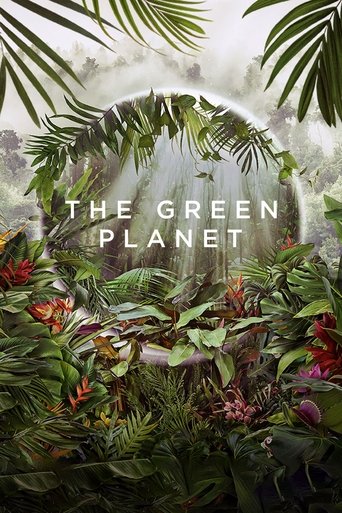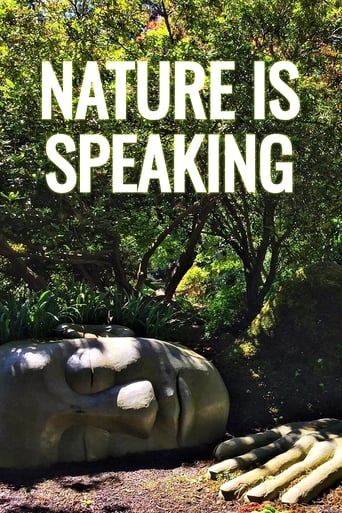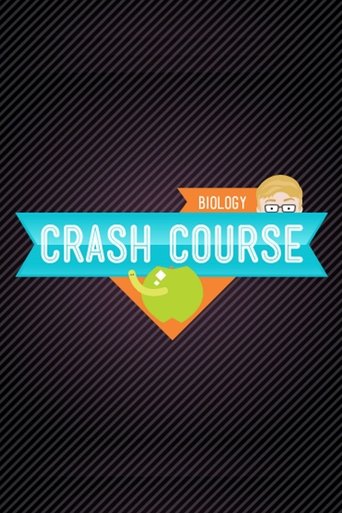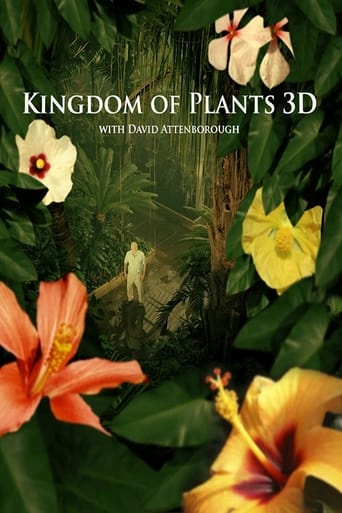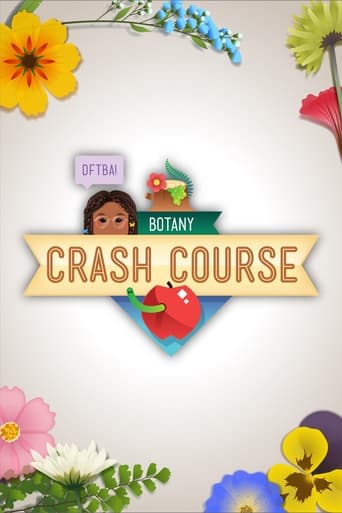










Plant Cells & Hormones
At first glance, plant and animal cells have a lot in common: they’re both highly organized, keep their DNA tucked away in an envelope, and are kinda juicy inside. But plant cells have evolved some wild features that set them apart from animal cells. In this episode of Crash Course Botany, we’ll ask: are plants more than the sum of their cells?
Writing:
Release Date:
Thu, May 18, 2023
Country: US
Language: En
Runtime:
Country: US
Language: En
Runtime:
Alexis Nikole Nelson
Self - Host
Season 1:

Plants have got you surrounded. They’re in your toothpaste, your bedsheets, and your regular Taco Bell order. In this episode of Crash Course Botany, we’ll find out what botanists study and how knowledge of plants can help you navigate everyday life. Along the way, we’ll uncover plants’ pervasive, civilization-shaping power—and find that they have their own ways of communicating.
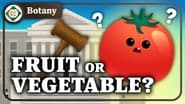
When you eat a salad for lunch, you’re digging into a giant pile of plant organs. That’s right—plants are made up of organs, only theirs follow a totally different set of rules from our own. In this episode of Crash Course Botany, we’ll explore what it takes to build a plant, including roots, leaves, and stems, and how one little tomato went all the way to the U.S. Supreme Court.
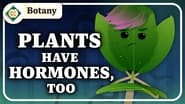
At first glance, plant and animal cells have a lot in common: they’re both highly organized, keep their DNA tucked away in an envelope, and are kinda juicy inside. But plant cells have evolved some wild features that set them apart from animal cells. In this episode of Crash Course Botany, we’ll ask: are plants more than the sum of their cells?

Plants—they’re just like us! Well, not exactly, but they do have skin and hair like us…even if they also have creepy little alien mouths. In this episode of Crash Course Botany, we’re getting up close and personal with plants’ anatomy by diving right into plant tissue under a microscope. Let’s learn what plants are really made of.

Plants and trees may seem pretty passive, but behind the scenes, their cells are working hard to put on a magic show. In this episode of Crash Course Botany, we’ll explore how the processes of photosynthesis and cellular respiration work, why they’re so critical for all life on Earth, and how they’re helping us to forge a greener path to the future.

“You shouldn’t make decisions when you’re hungry.” Tell that to the cell that ate a bacterium 1.5 billion years ago and set in motion the evolution of all plants on Earth. In this episode of Crash Course Botany, we’ll explore how plants came to exist, the forces that drive plant evolution, and how we know what Earth’s prehistoric dystopia was like before plants came along.

Humans make stuff up—including the names and classifications of living things. But those categories are still useful. In this episode of Crash Course Botany, we’ll explore how taxonomy and systematics help us understand what plants are and where they come from. We’ll discuss the power of naming, and why even scientists don’t agree on what a species is.

Forget your favorite flowers, because we’re talking all about the mean green sporing machines. In this episode of Crash Course Botany, we'll dive into the first few branches of plants’ phylogenetic tree—bryophytes and seedless vascular plants, like mosses and ferns. These plants are the unsung heroes of the botanical world, and we’re giving them their due.

You couldn’t go a day without interacting with gymnosperms and angiosperms, the two most prominent groups of plants on the planet. We rely on them for food, clothing, and shelter — but why are they so common? In this episode of Crash Course Botany, we’ll find out how their seeds and flowers propelled them to evolutionary success.

All of the different plants on Earth have come about thanks to the simple rules of genetic inheritance, which determine how traits are passed on from one generation to the next. In this episode of Crash Course Botany, we’ll explore the remarkable story of Gregor Mendel, a botanist and mathematician who laid the groundwork for modern genetics with little more than some peas and a paintbrush.
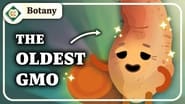
Humans love to play with their food—in fact, we’ve been doing it for thousands of years. In this episode of Crash Course Botany, we'll explore how we’ve learned to manipulate plant genetics, from breeding tastier fruits and veggies to directly editing plant genes that help crops survive climate change. And if you’ve ever wondered what GMOs are or if they’re safe, we’ve got you covered.

The social dynamics of plants are as complex as those at any high school. By studying how plants interact — one-on-one, as a population, and in their communities — ecologists can figure out how to conserve our photosynthetic friends. In this episode of Crash Course Botany, we’ll explore these complex relationships—and eavesdrop on all the hot plant gossip.

From the driest deserts to the lushest forests, ecosystems are networks of life where organisms and the environment interact. In this episode of Crash Course Botany, we’ll explore how plants function as the foundations of these systems, without which no other life on Earth would be possible.

Whether in a desert, the savanna, or a tropical rainforest, plants have an important role in the ecological processes of Earth’s biomes. In this episode of Crash Course Botany, we’ll explore these different living locales, the effects of climate change on them, and how our photosynthetic friends make the world go ‘round.
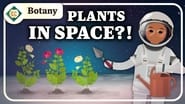
We’ve learned a lot about plants throughout this series, but there’s much more to discover. In this episode of Crash Course Botany, we’ll peek into the future of botany. We’ll consider current plant mysteries, bridges between Western science and traditional knowledge, and what it might take to garden on the moon.




